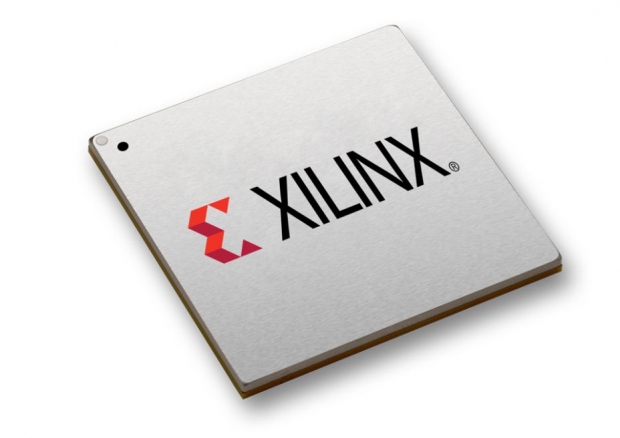Today, the company announced the Zynq UltraScale+ Radio Frequency (RF) System-on-Chip (SoC) portfolio with greater RF performance and scalability. If one believes modems, 4G, Gigabit LTE, and 5G is complex, just take a look at the complexity of RF. Think about the hundreds of different frequencies and bands combinations that all need to run seamlessly.
The target is the entire sub-6 gigahertz (GHz) spectrum, which is a critical need for next-generation 5G deployment. There is a mmWave part of the 5G story that is not addressed by this solution.
They support direct RF sampling of up to 5 giga-samples per-second (GS/S) 14-bit analog-to-digital converters (ADCs) and 10 GS/S 14-bit digital-to-analog converters (DACs), both up to 6 GHz of analog bandwidth.
Programmable hardware is the key
The key advantage that Xilinx brings over many of its competitors is hardware programmability. This is what FPGA brings to the table. Intel, after acquiring Altera, is the only other significant player but our sources told us that Xilinx scored a lot of 5G business.
One way to think about FPGA in 5G infrastructure products is that telecoms/operators or carriers will be able to reprogram its hardware and add some future. 3GPP as the standardization body for wireless 4G and 5G and as the spec evolves, solutions such as Xilinx Zynq Ultrascale+ RFSoC will be able to adopt them. The same goes for 5G frequency bands that msy be auctioned in the future. This is why customers are after them as overall it reduces the total cost of ownership over the infrastructure access point (cell tower). With the SoC approach, you need to buy a new SoC, or more realistically a board or system in order to support the next features and an SoC only makes sense if you can scale the project to the right size.
50 percent less power, 75 percent smaller footprint
The Zynq Ultrascale+ RF SoC offers 50 percent power reduction with a 75 percent smaller footprint. This is important as this RF solution should be sitting at the cell site and it dramatically reduces complexity and brings down the integrated circuit number from 36 with SoC-based solution to 4 with FPGA based Zynq Ultrascale+ solution. There is simply no need for analog parts, hence such a size difference.
The key point of using RF SoC is to get more users on the same spectrum and allow carriers to reduce the number of cell station. This directly leads to cost reduction. Carriers are bidding on the rather limited number of wireless bands and these are very expensive. 
The first generation Ultrascale+ RF SOC works on frequencies up to 4G and should cover most of the sub 6 Bands that are to be deployed in 2019 and 2020. The Xilinx solution covers frequencies from 800 MHz to 2.2 GHz
Xilinx Zynq UltraScale+ RFSoC Gen 2 is sampling now with production scheduled for June 2019. This device meets regional deployment timelines in Asia and supports 5G New Radio. Big Tier 1 OEMs are involved in this one.
Zynq UltraScale+ RFSoC Gen 3
After this, there will be a Xilinx Zynq UltraScale+ RFSoC Gen 3 ready to provide full sub-6GHz direct-RF support, extended millimeter wave interface, and up to 20 percent power reduction in the RF data converter subsystem compared to the base portfolio.
The product will be available in 2H 2019. The new products monolithically integrate higher-performance RF data converters that deliver the broad spectrum coverage required for the deployment of 5G wireless communications systems, cable access, advanced phased-array radar solutions and additional applications including test & measurement and satellite communications.
With pin-compatibility across the portfolio, customers can design and deploy their systems now using first-generation devices with a roadmap to Gen 2 and Gen 3 for greater performance. The new 6 GHz bands are programmable via programmable logic and feature low latency in hardware. Depending on the error correction, data conversion from analog to digital is less than 100ns latency.
“We are committed to helping our customers accelerate innovation, and are especially excited to drive the development of adaptable, intelligent 5G infrastructure with these new, higher performing additions to the Zynq UltraScale+ RFSoC portfolio”, said Liam Madden, executive vice president of hardware and systems product development, Xilinx. “Now with complete coverage of sub-6GHz spectrum bands, it will give our customers even more of a competitive advantage by allowing them to accelerate the design and development of next-gen systems today.”




